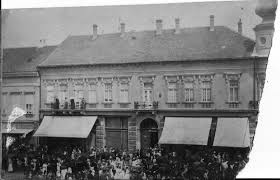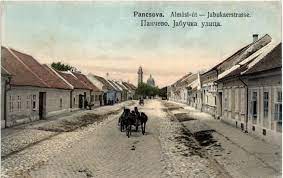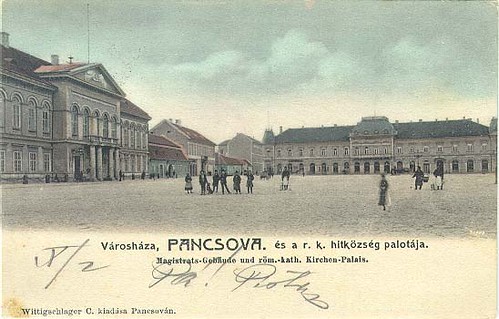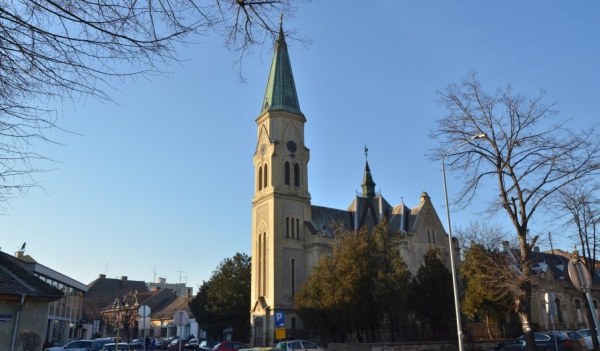The significance of time travel
First, this theme sheds light on the evolution of the urban landscape over time. Through the perspective of a time-traveling robot, we have the opportunity to see how architectural styles, infrastructure, and urban space have transformed over decades. This provides us with a deeper understanding of the continuity and changes in our environment.
Secondly, comparing old and new buildings enables us to recognize the cultural and historical heritage of the city. This exploration reveals how certain structures have been preserved or changed over time, as well as their role in the community's identity.
Furthermore, this theme highlights the importance of preserving historical monuments and natural resources in urban environments. Studying how cities care for their heritage can provide insights into our values and priorities as a society, and how we can better preserve and nurture these resources for future generations.
Given the wealth of information and lessons we can draw from this theme, expanding its scope across Europe would facilitate the exchange of best practices, innovations, and strategies for preserving and enhancing urban spaces. It would also promote greater awareness and interest in history and culture among citizens of different countries, contributing to strengthening international cooperation and solidarity.
How the city of Pančevo looked in the times from which the robot Platon comes?
Looking back in time, Platon saw vivid images that flooded the minds of people of that era. In the distance, he heard the sound of carriages once passing through cobblestone streets, while people hurried from one end of the city to the other.
To delve deeper into the past, Platon focused on the Gymnasium Park, or at least what would become known as the Gymnasium Park. At that time, it was simply a paved market, without traces of greenery or benches for people to rest on. Instead, it was a space where lively trade activities and conversations took place.
Through his digital sensors, Platon tracked the construction of the Tamiš River Quay, aware that the river was the lifeblood of the city, vital for its economy and transportation. Next to it, a church was slowly rising, an evangelical building that seemed to be a symbol of faith and unity in that time.

River Tamiš quay before

Construction of the Church

Carriage with horses

Gymnasium park before
What was the robot Platon exploring in the modern city of Pančevo ?
Platon was amazed as he observed modern Pančevo in 2024 through his digital sensors. Excitedly, he described how the streets were now filled with modern buses and cars, replacing the carriages he had seen in the past.
The Gymnasium Park had become a green oasis, bustling with benches where people and children rested, creating a picture of a community enjoying nature. The Tamiš River Quay had been built and had become a favorite promenade for many, offering beautiful views of the water and surrounding landscape.
Finally, the Evangelical Church had finally been constructed, a symbol of faith and spirituality enriching the city skyline. Platon was impressed by how the city had changed and evolved over time, reflecting contemporary trends and community needs.

River Tamiš quay today

Finished Church

Modern Bus

Gymnasium park today
Fascinating facts about time-travel
5 facts about tame-travelling
1. Theoretically, time travel is possible according to some concepts of physics, like Albert Einstein's general theory of relativity.
2. The idea of time travel exists in many cultures and mythologies around the world, not just in modern science.
3. Concepts of time travel are frequently used in literature, movies, and television, such as H.G. Wells' "The Time Machine" and films like "Back to the Future."
4. No empirical evidence has yet been found to confirm the existence of time travel, but scientists continue to explore possibilities and theories that could explain this phenomenon
5. Philosophers and scientists debate the ethical implications of time travel, like the possibility of altering the past and the impact on the future.